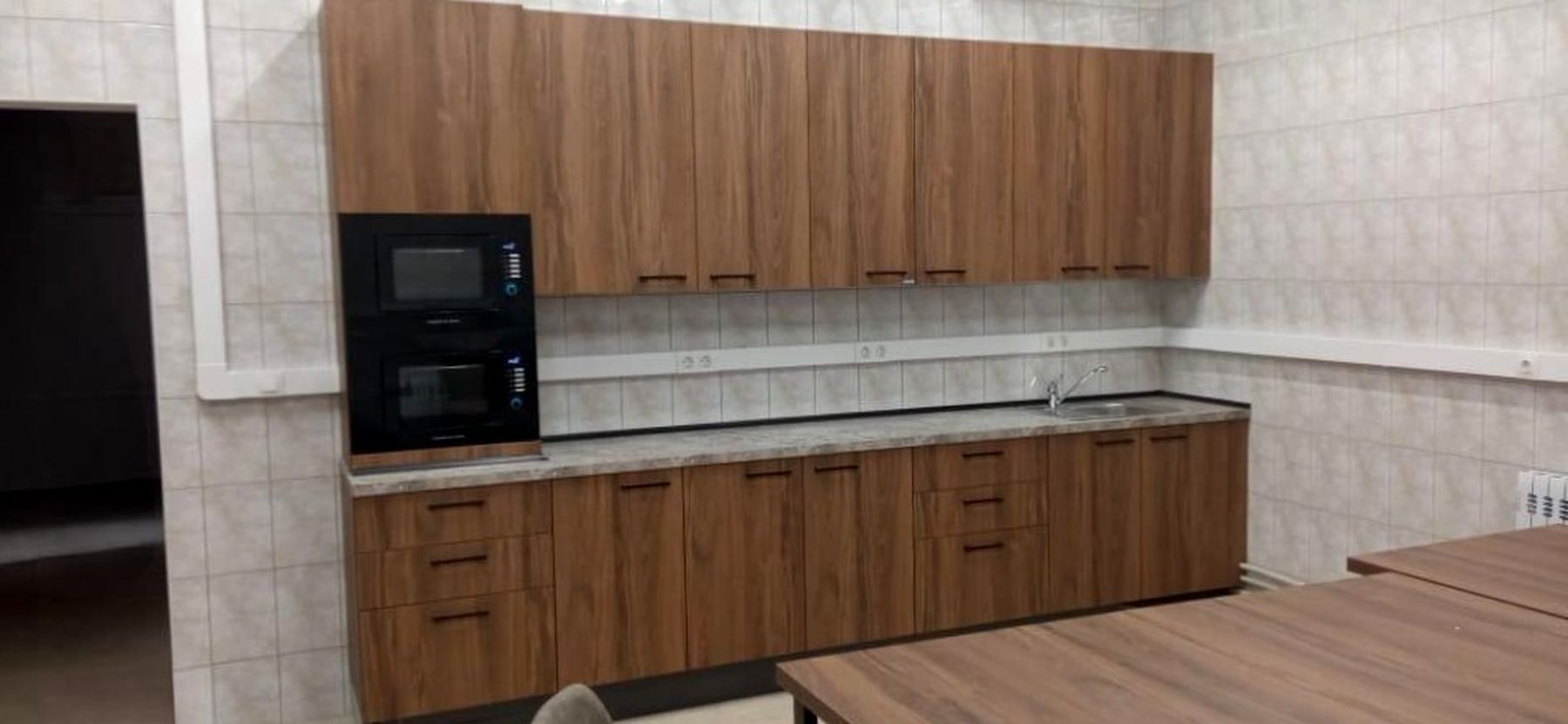
Culinary Spaces Redefined Elegantly
The kitchen, once a purely functional space relegated to the preparation of meals, has transformed into the heart of the home—a place where design and functionality merge to create an elegant and inviting atmosphere. This evolution in design philosophy represents a redefinition of culinary spaces, turning them into multifaceted areas that cater not just to cooking, but to living and entertaining as well.
Blending Aesthetics and Utility
The modern culinary space is a masterclass in balance, finding harmony between sleek aesthetics and practical utility. Designers are rethinking the layout of kitchens, incorporating streamlined cabinetry, durable yet luxurious materials, and state-of-the-art appliances that enhance the cooking experience without sacrificing style. These kitchens are no longer hidden from view; they are purposefully displayed as focal points of home design.
Material Matters
Choice of materials plays a critical role in defining the elegance of culinary spaces. Natural stone countertops, such as marble or quartz, offer a classic look that endures, while innovative composites provide durability and a modern twist. Backsplashes with intricate patterns or bold colors can add character, and cutting-edge flooring options, like heated tiles, combine comfort with sophistication.
Technology in the Kitchen
With the advent of smart home technology, culinary spaces are becoming more intuitive and user-friendly. From Wi-Fi-enabled appliances that can be controlled via smartphone to induction cooktops that cook more efficiently, the integration of technology streamlines the cooking process and introduces a new level of convenience and luxury into the kitchen.
Multifunctional Islands
The multifunctional island has become a hallmark of elegant culinary spaces. These versatile structures serve as prep areas, dining tables, and social hubs, often outfitted with built-in sinks, dishwashers, or wine coolers. The island not only provides additional workspace but also encourages interaction and engagement within the space, making it perfect for casual family dinners or sophisticated social gatherings.
Lighting: Setting the Mood
Lighting is a crucial element in creating the right ambiance in a culinary space. Layered lighting systems that combine task lighting with ambient and accent lights allow for flexibility, adjusting the mood from bright and energizing to soft and intimate. Pendant lights over the island or under-cabinet LED strips can highlight the elegance of the kitchen's design while providing practical illumination.
The New Dining Experience
As kitchens become more open and connected to living areas, the dining experience has also evolved. Elegant culinary spaces often feature a transition area, such as a breakfast nook or a bar with comfortable seating, which blurs the line between cooking and dining. These areas encourage casual dining and conversation, further cementing the kitchen's role as a social nucleus in the home.
In Conclusion
The redefinition of culinary spaces reflects a broader trend in home design that values both elegance and everyday practicality. As kitchens continue to evolve, they challenge the traditional separation of spaces by function, and embrace a more fluid, dynamic approach to interior design. With thoughtfully chosen materials, integrated technology, and multifunctional features, these culinary spaces are not just redefined but are poised to become timeless centerpieces of the modern home.